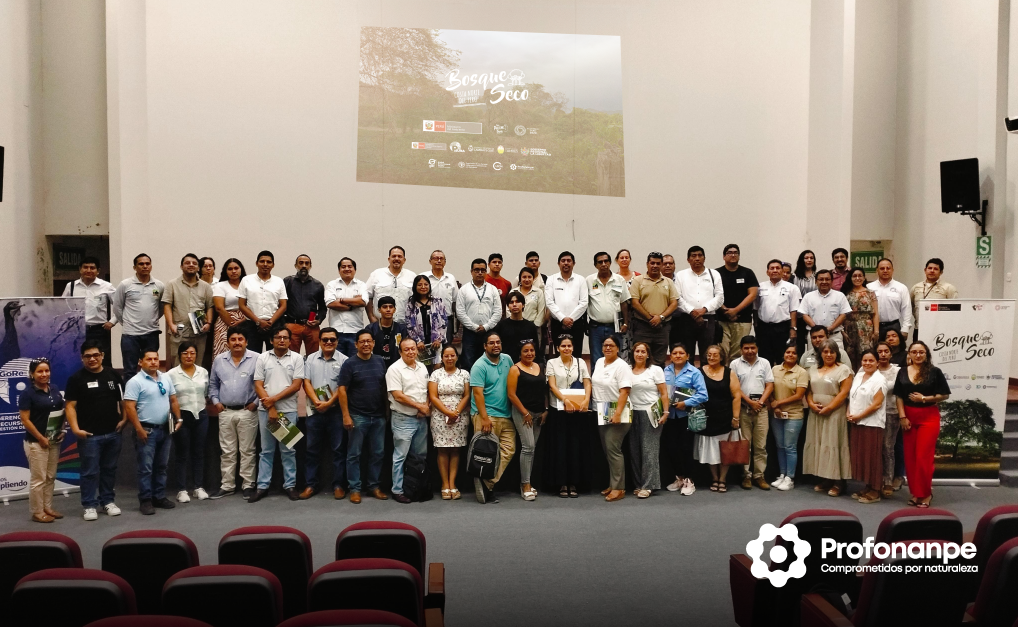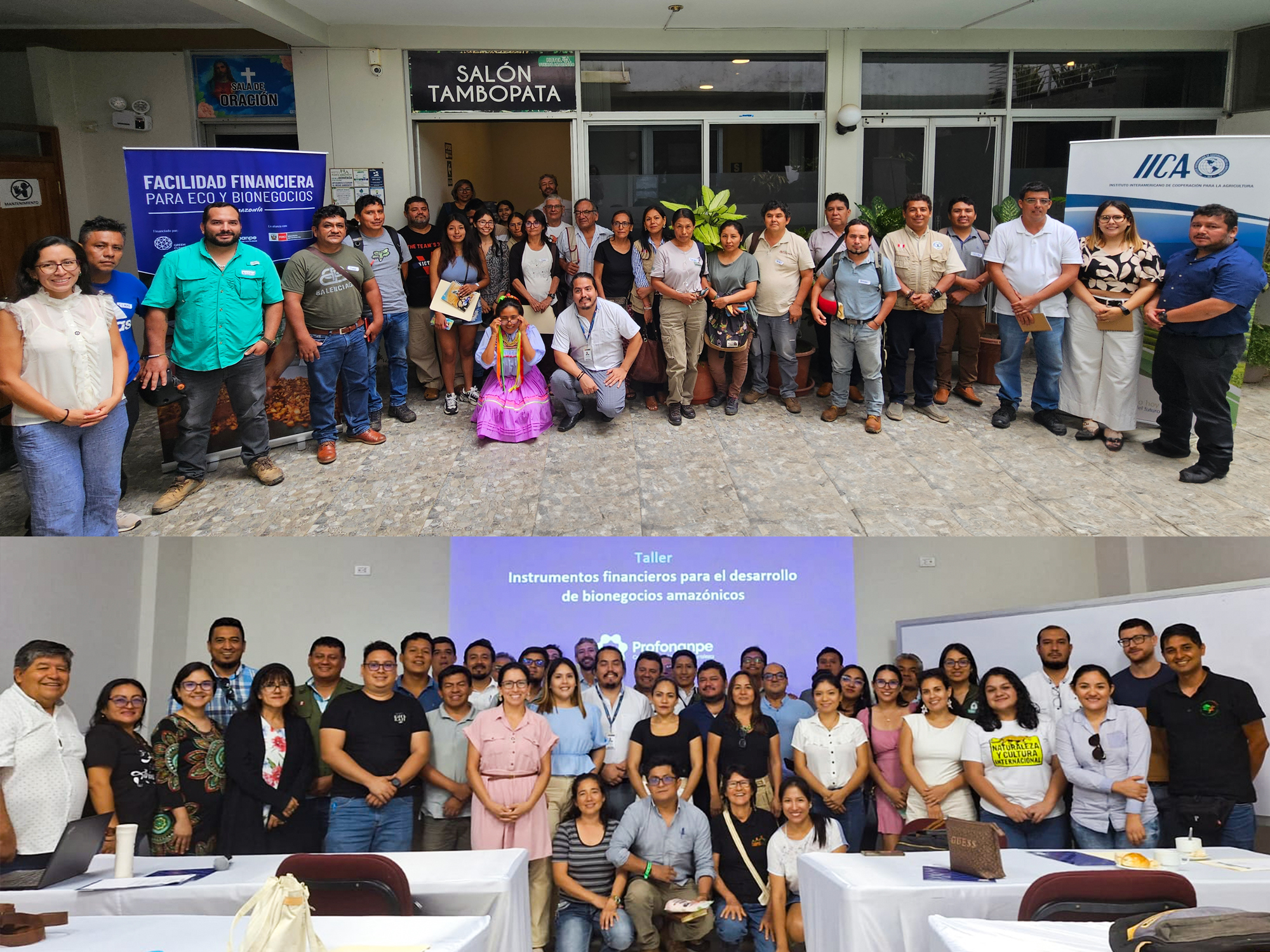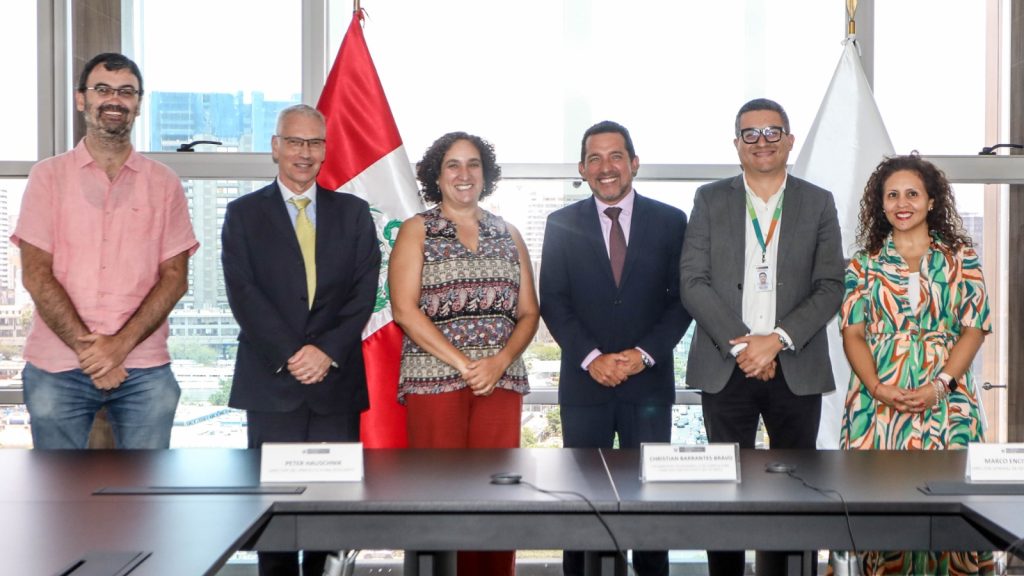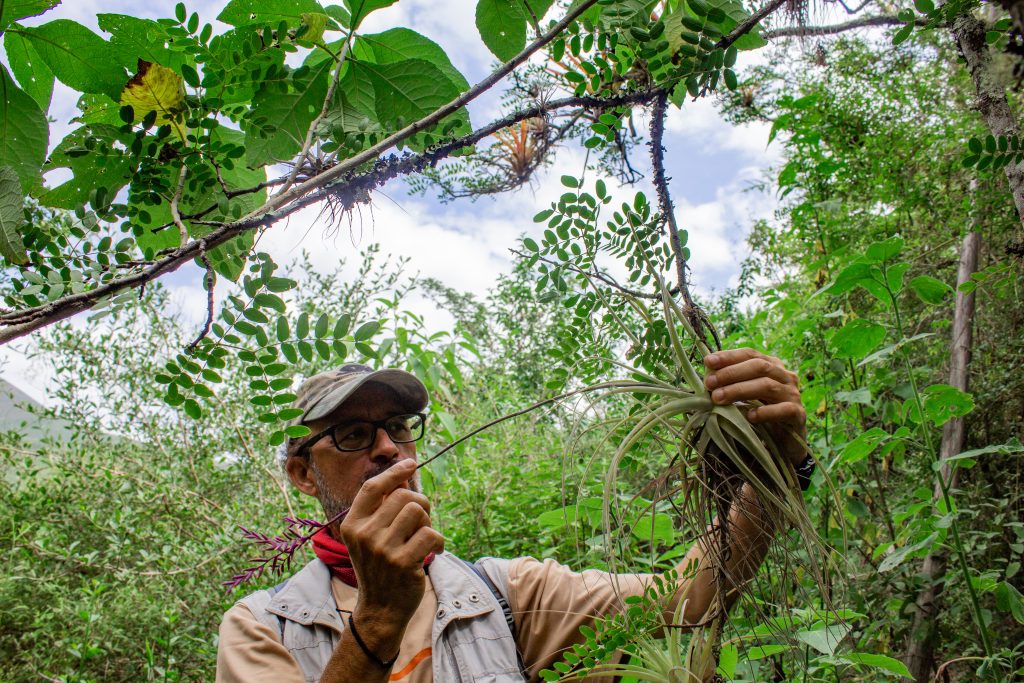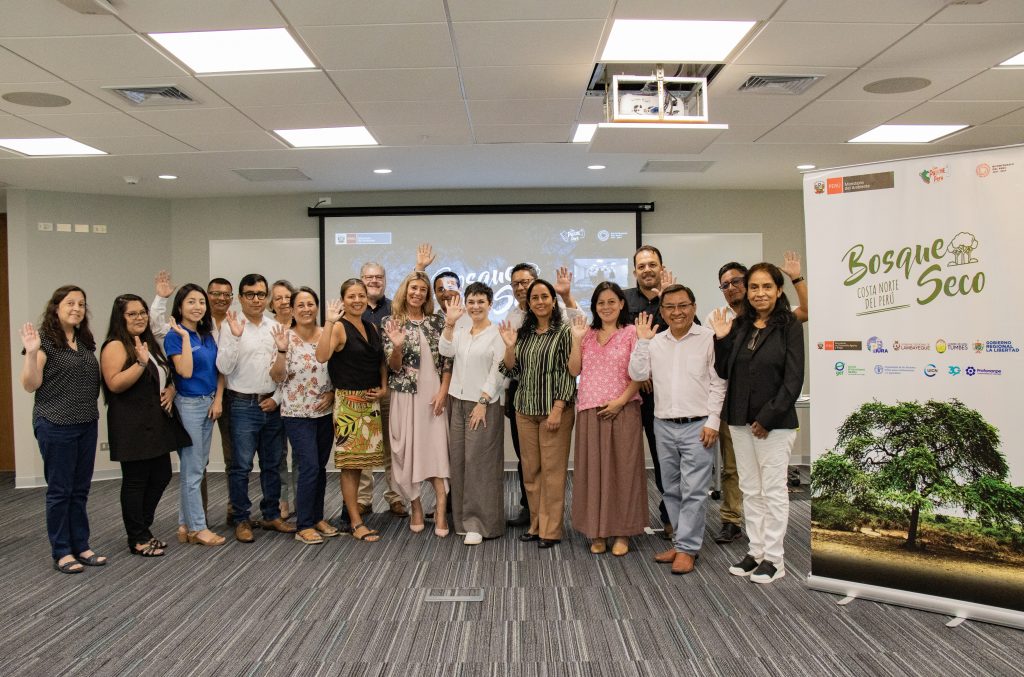Five of the thirteen winning research projects of the Protected Natural Areas (PNA) Research Grant Competition presented their results after months of research in three marine-coastal PNAs. The projects received funding and followed the research priorities approved for the natural protected areas of the National System of Natural Areas Protected by the State (SINANPE), specifically in the Illescas National Reserve (RNI), the San Fernando National Reserve (RNSF) and the Guano Islands, Islets, and Capes National Reserve System (RNSI).
The research will mark a first step towards improving PNA management through the results obtained. “The experience we now have with the support of CIES, PAN III Project and Profonanpe is something that leaves us with lessons learned and that we are promoting more and more in the sense of generating scholarships to develop research that we consider a priority,” said Deivys Huamán Mendoza, Director of Management of Protected Natural Areas (DGANP) of SERNANP.
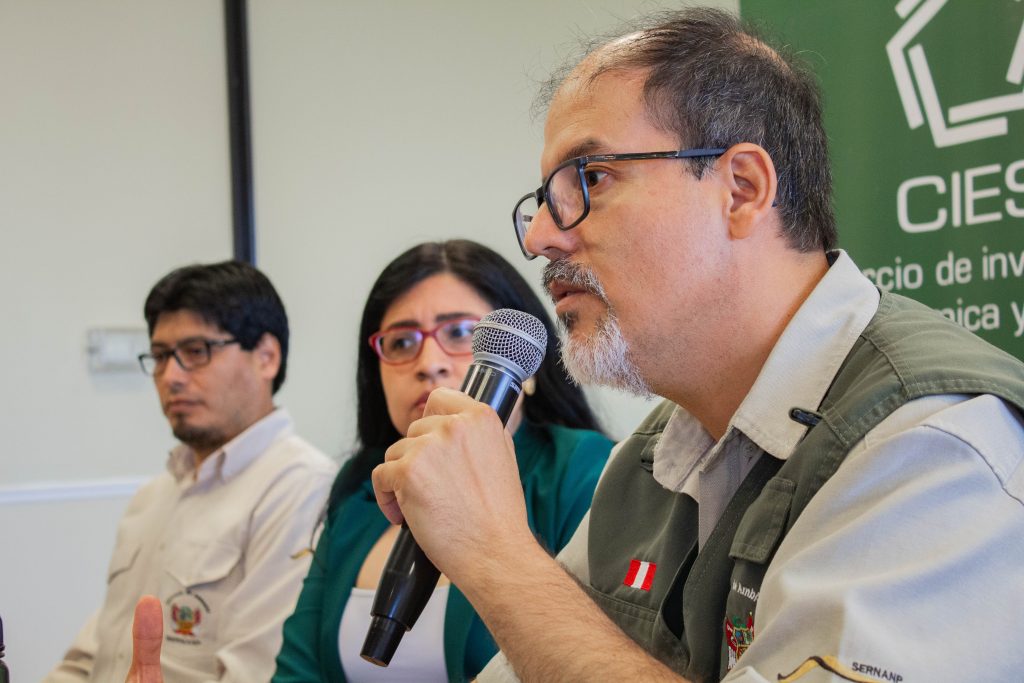
These are the 5 investigations that presented their results:
“Feeding ecology and population density of the Andean Condor (Vultur gryphus) in the Illescas National Reserve”
Renzo Piana, PhD in Applied Ecology from the Metropolitan University of England, provided information on the ecology and population size of Andean condors in the RNI, which will guarantee their long-term survival, since there are few marine-coastal areas in the world that have a stable and reproductive population of Andean condors, and this PNA is the only one in Peru where the reproduction of this species has been recorded.
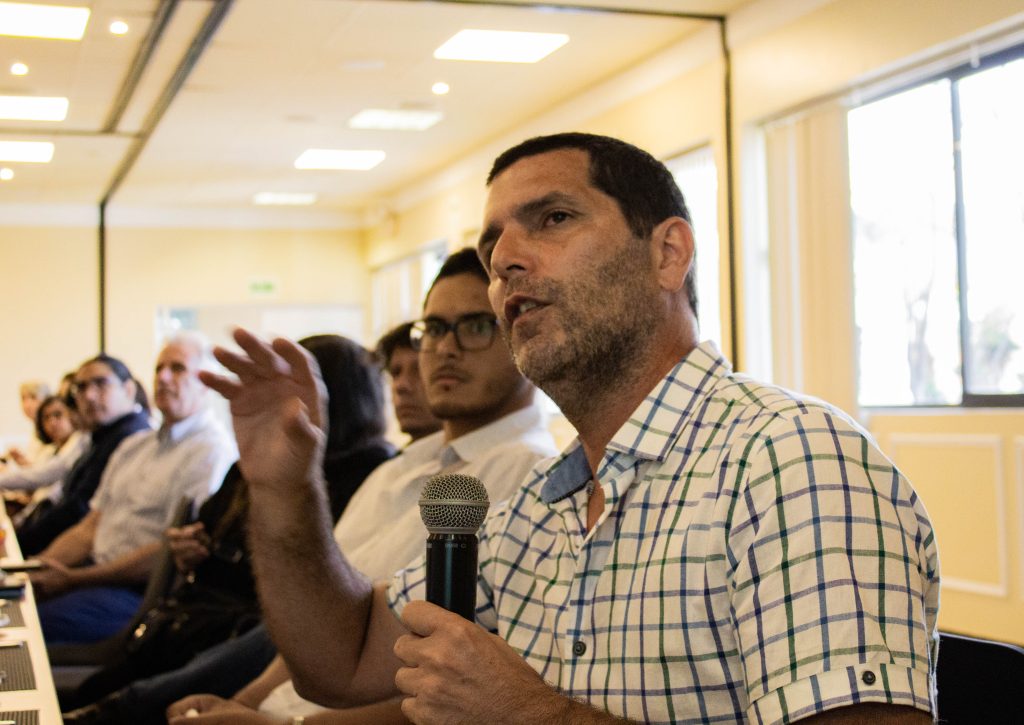
The results of the research show that the PNA has 35 Andean condor individuals (10% of Peru’s total population) and that this is mainly due to an increase in the amount of carrion, a product of animal stranding, as a result of the El Niño phenomenon. As a recommendation, the researcher suggested including the plains and hills to the east of the RNI in the research, regulating the population’s access to the beaches to avoid conflicts with food and establishing a strict policy on the entry of people into the area.
“Distribution and population structure of Otaria flavescens in the Illescas National Reserve”
Sahiro Domínguez, a graduate of the School of Biological Sciences of Universidad Nacional de Piura, presented his research, which highlights the need to develop sustainable and responsible ecological tourism. Having information on the reproduction and pregnancy periods of this species, as well as other aspects related to the interaction between sea lions and fishermen, will help strengthen a conservation strategy for the species.
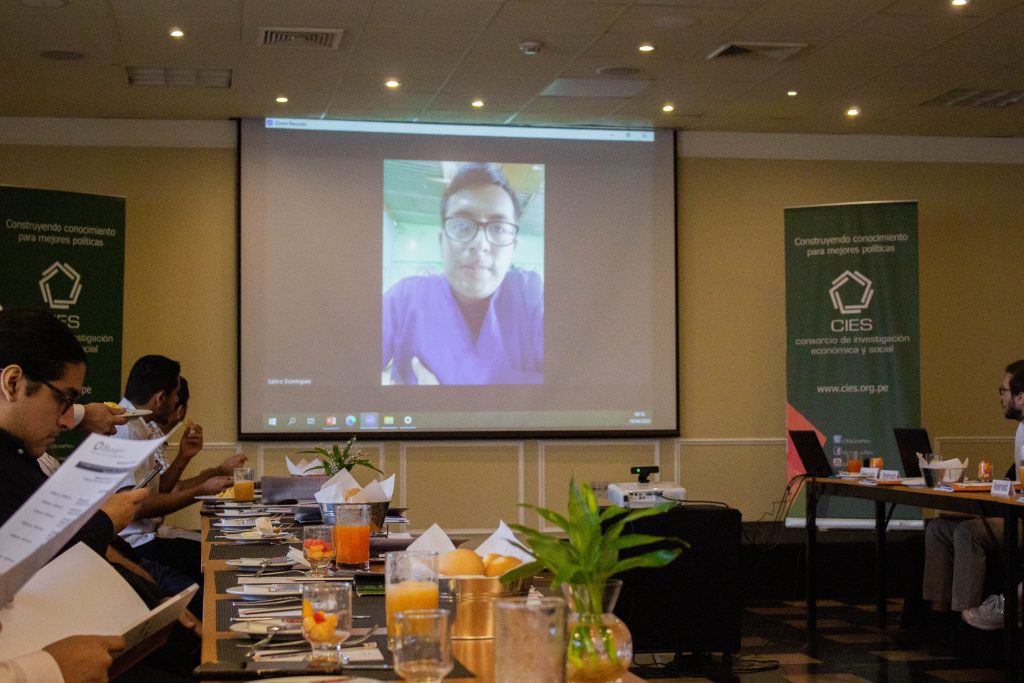
The research highlights that the South American sea lion population in the Illescas Reserved Zone is 5870 individuals, with a ratio of 4310 males and 1189 females, with the greatest sightings of the species during the month of October. It is recommended to promote sustainable ecotourism in the observation areas, according to the dates of the study, maintain constant vigilance by park rangers, train fishermen to avoid food shortages, and continue with scientific research in the area.
“Linking science and management in biodiversity: Design of bird and reptile monitoring in the Ica and Grande river valleys in the San Fernando National Reserve”
This research was presented by José Perez, herpetologist, ecologist and bio-zoologist researcher of Universidad Nacional Mayor de San Marcos; and Katya Balta, Ornithologist and ecologist, principal investigator of the Biodiversity Studies Laboratory of Universidad Peruana Cayetano Heredia. The study focused on the bird and reptile community of the Grande and Ica river valleys in the San Fernando National Reserve, highlighting biological monitoring for biodiversity conservation and management and how appropriate biological indicators are essential for assessing environmental quality.
The research concludes that birds and reptiles are excellent indicators of environmental quality and, therefore, suitable for biological monitoring; in addition, the RNSF is an important area for migratory birds. As for reptiles, the presence of the lizard Ctenoblepharys adspersa and similar to the gecko Phyllodactylus sp. has been reported, which could be a new species. For this reason, they have developed a Protocol for Monitoring Birds and Reptiles in the San Fernando National Reserve to provide methodological guidance to reserve staff members. In addition, the use of recording equipment and a minimum sampling effort per location is recommended and should be maintained throughout the assessments.
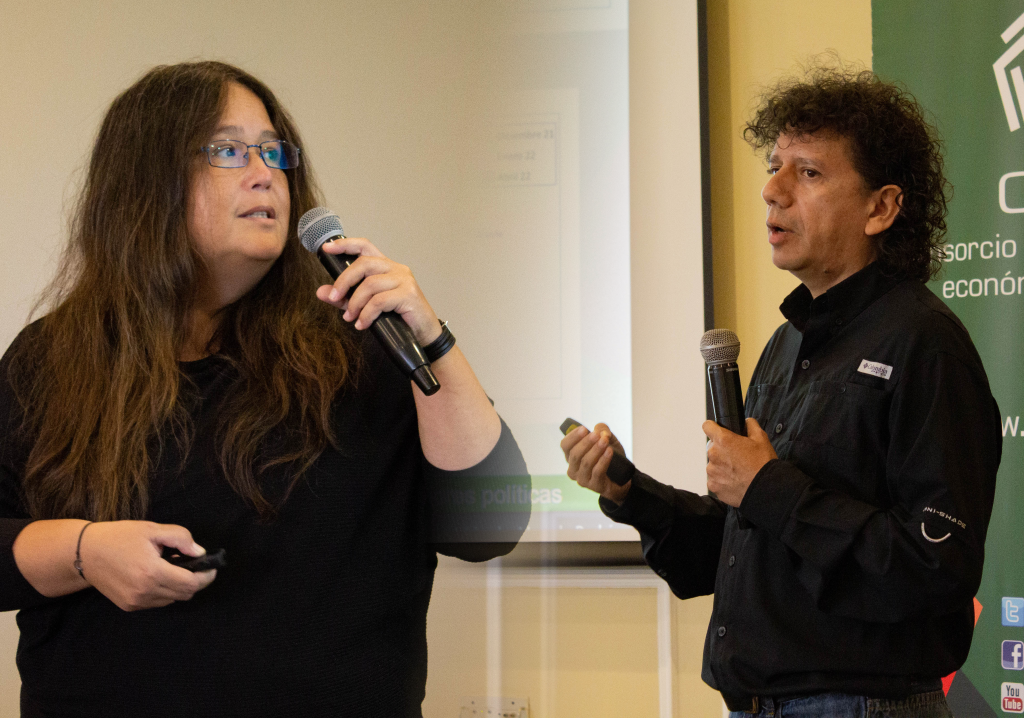
“Guidelines for sustainable tourism on Guañape Norte Island”
In this research, Cinthia Irigoin, an expert in seabird research projects at Universidad Nacional Mayor de San Marcos, presented the study with the objective of evaluating the possible effects of boat tourism on Humboldt penguins and sea lions in the Guano Islands, Islets, and Capes National Reserve System.
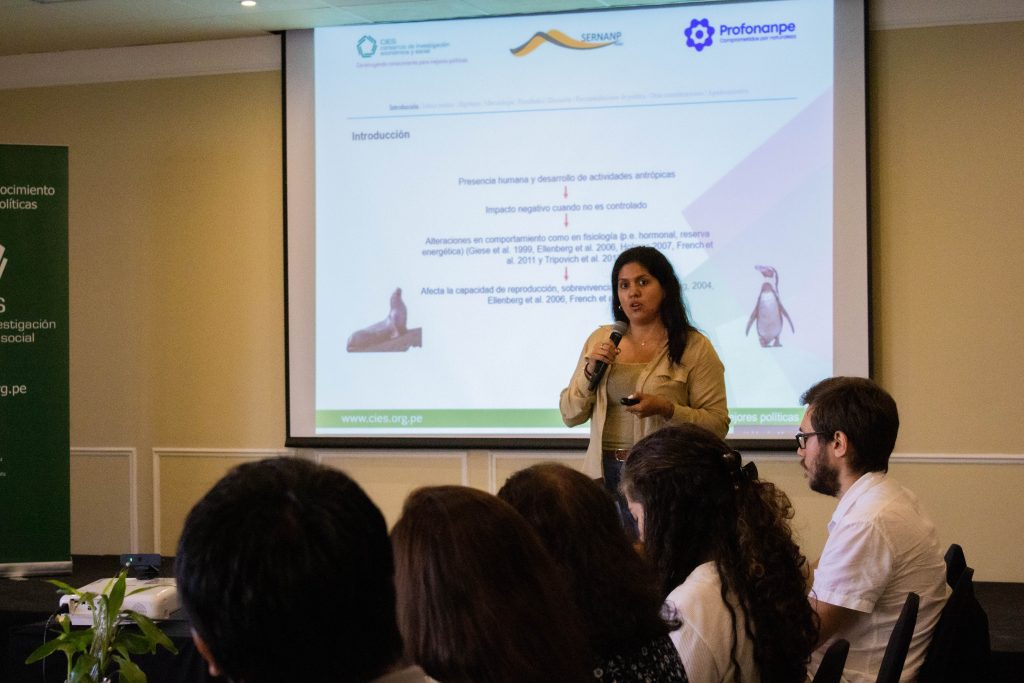
Forty-six tests were conducted for the Humboldt penguin and 41 for the sea lion, and it was found that the approach distance is the only variable that influences the behavior of the species, while sound intensity and the number of tourists on board have no significant effect. Based on the results obtained, it is recommended that the distance established for Humboldt penguin sightings be extended and that a buffer zone be considered to ensure compliance with the distances despite the movement of the sea.
“Determination of the distribution, biomass and ecological importance of the Palo Aracanto (Lessonia Trabeculata) in the San Fernando National Reserve”
Finally, Bruno Cevallos, a marine biologist from Universidad Científica del Sur, presented this research whose objective was to locate this algae species, which is crucial for food and fishing of marine species, through underwater and surface explorations in the RNSF.
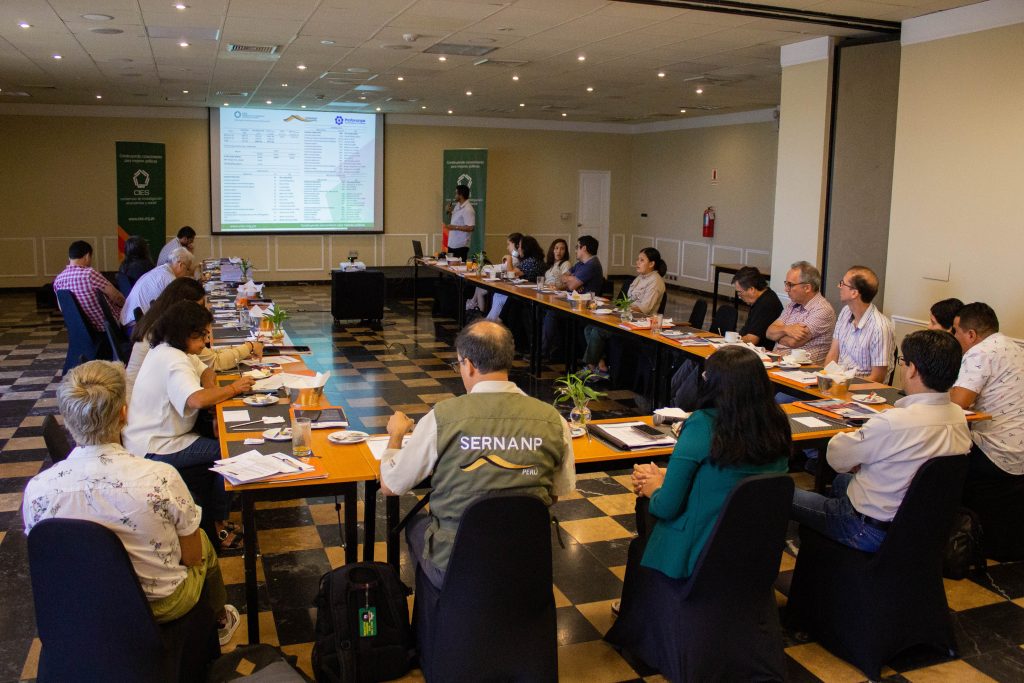
The results revealed that the northern zone is a potential point for the cultivation and proliferation of seaweed, Peru does not have an optimal amount of seaweed, compared to Chile, which endangers its sustainability. It was recommended that a sustainable use policy for the algae be implemented, and that the impact of the El Niño phenomenon on its ecosystem be evaluated every six months and annually. In addition, algae cultivation should be encouraged through transplanting, artisanal fishing should be regulated, illegal fishing that damages the ecosystem should be sanctioned, and mining activity that pollutes the area should be prevented. The study concluded that the sustainability of the seascape depends on the protection and responsible use of the Aracanto Palo algae.
You can review the results of the research here.
ABOUT THE PAN III PROJECT
The Natural Areas Program III – Conservation of Marine-Coastal Biodiversity, known as PAN III, seeks to contribute to the promotion of effective management of marine-coastal natural protected areas in the Illescas National Reserve, the San Fernando National Reserve and the Guano Islands, Islets, and Capes National Reserve System.
This initiative is executed by the National Service of Natural Areas Protected by the State – SERNANP, with funding from the German Cooperation, through the German Cooperation KfW and with the administration of Profonanpe, Peru’s environmental fund.


